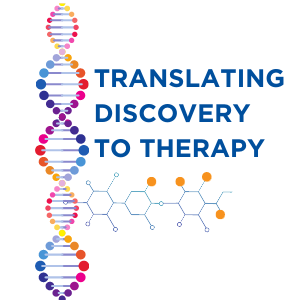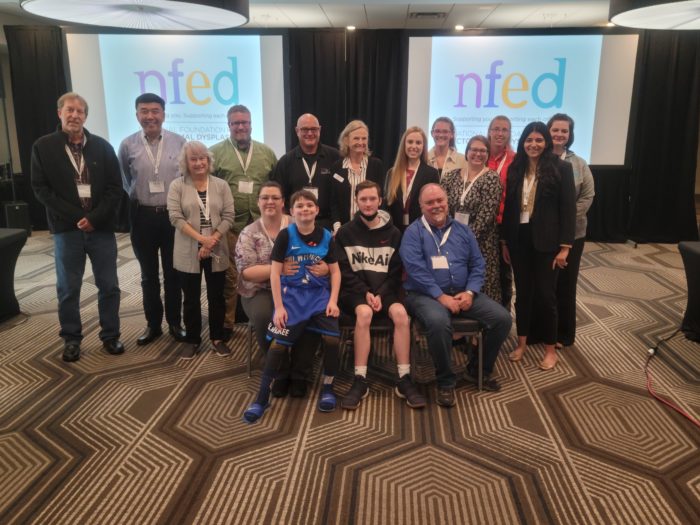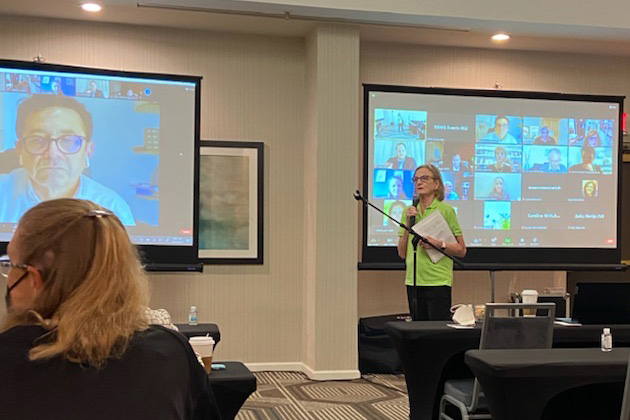For four days in October, 80 experts from around the world came together to chart a course for the future of ectodermal dysplasias and rare disease research. The ultimate goal was: “Translating Discovery to Therapy”.
The International Ectodermal Dysplasias Research Conference in Charlotte, North Carolina was truly a landmark event in our 40-year history. We came home from the conference exhausted! We came home energized and excited!
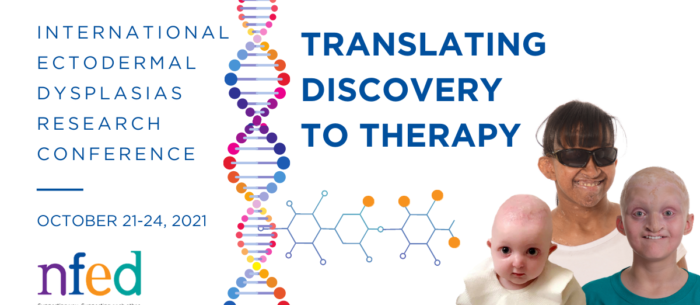
The National Foundation for Ectodermal Dysplasias (NFED) proudly hosted the event which I attended along with NFED staff members, Becky Abbott and Kayla Hollenkamp. We tackled this four-day event with energy and enthusiasm. We were well-prepared and the entire NFED staff spent more than a year organizing this incredible conference.
Drs. Timothy Wright and Maranke Koster, our conference chairs, led the charge. We are grateful to them and the entire planning committee which included Drs. Holm Schneider, Angus Clark and Mark Kiel along with the NFED Board of Director’s President, Karl Nelsen. The outcomes were even better than what we hoped for!



The Conference planning committee: Mark Kiel, Karl Nelsen, Mary Fete, Maranke Koster, Becky Abbott and Tim Wright. Top right: Holm Schneider. Bottom right: Angus Clarke.
Incontinentia Pigmenti
The conference began with a session dedicated to a type of ectodermal dysplasia called incontinentia pigmenti (IP). Experts in IP shared their amazing research. They discussed the neurological challenges faced by about 30% of this community and potential treatments they are investigating. The speakers shared information about the infectious disease challenges associated with IP syndrome and the IP patient registry and bio-bank which are hosted in Italy.
Developing a global registry and biobank are high priorities. Our ongoing discussions continue to identify next steps to expediting treatments for the IP community. We will outline plans within the next month.
The Family Perspective
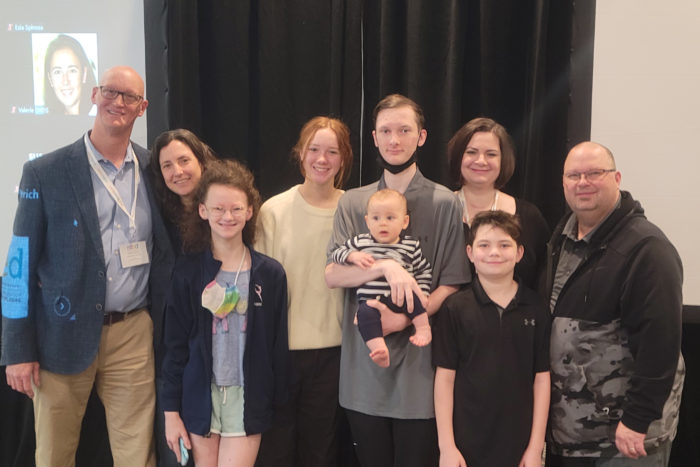
The Nelsen and Abbott Families 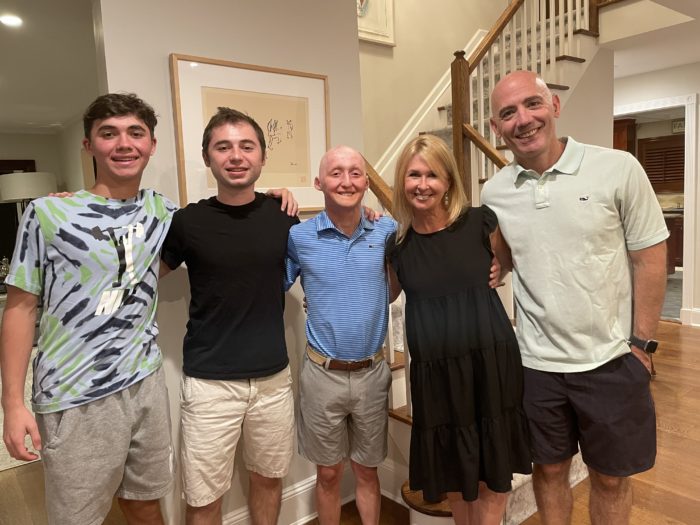
The Geismar Family 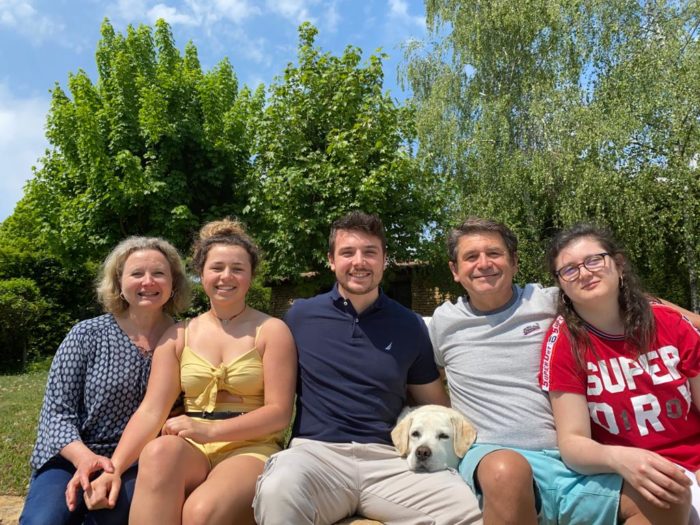
The Monnet Family
Perhaps the highlight of the conference was the family panel! Four families affected by ectodermal dysplasias shared their stories and challenges. This was a very powerful session for attendees. We are grateful to the Abbott, Geismar, Monnet and Nelsen families for providing the human experience of these disorders and putting a face to the conditions.
Our Goals
The conference goal was to identify research opportunities and overcome existing barriers. We sought to advance early diagnostics and develop new therapies for symptoms that cause significant challenges for individuals affected by ectodermal dysplasias and other rare diseases.
These challenges are the ones that you face in your daily lives related to hair, skin, eye and craniofacial/dental issues. We know that all of these areas are of utmost importance to you and your family.
Our team brought together a wide variety of cutting-edge researchers across multiple disciplines. The intent was to share exciting research findings, foster networking and collaboration, stimulate conversation and energize our common goal of more effectively diagnosing and treating ectodermal dysplasias and related diseases.
Forty-two world renowned researchers showcased their work and many others joined the lively discussions. Attendees discussed how we might improve techniques for earlier diagnosis. We talked about how we can tackle the huge problem of understanding prevalence rates in ectodermal dysplasias. Also, we had in-depth conversations about looking for treatments for the devastating skin erosions associated with the p63 syndromes.
Check out this agenda! It was an incredible lineup of presentations.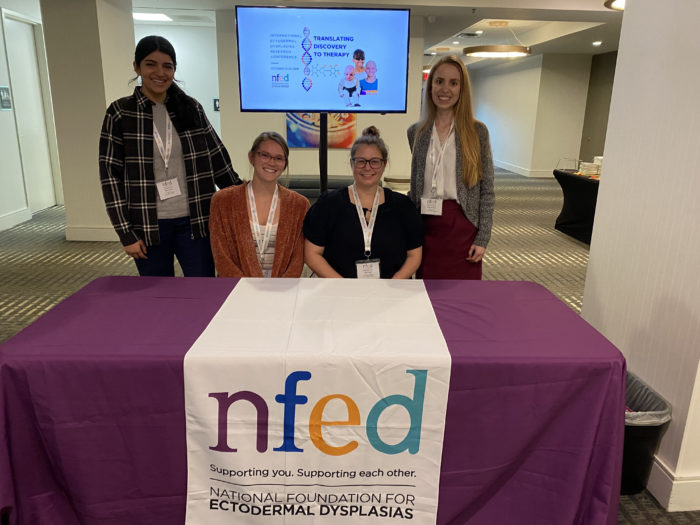
Collaboration is Key
A key conference goal was to develop new collaborative efforts between groups of researchers and clinicians to facilitate new treatment approaches. Based on initial conversations, the attendees were already developing these collaborations before the end of the conference! Our NFED team will continue to support and foster those relationships.
Throughout the conference, international leaders in their fields led multiple discussion groups. Then, they presented their outcomes to all of the conference attendees where further discussions stimulated new ideas and collaborations to advance research directed at finding new treatments and cures for ectodermal dysplasias and related disorders.
Moving Forward
At the end of the conference, the group outlined next steps and deliverables. Stay tuned for more information! I will clearly explain how we will move forward to drive these research efforts.
We have lots of work to do and hope to raise significant funds to support innovative research over the next several years.
